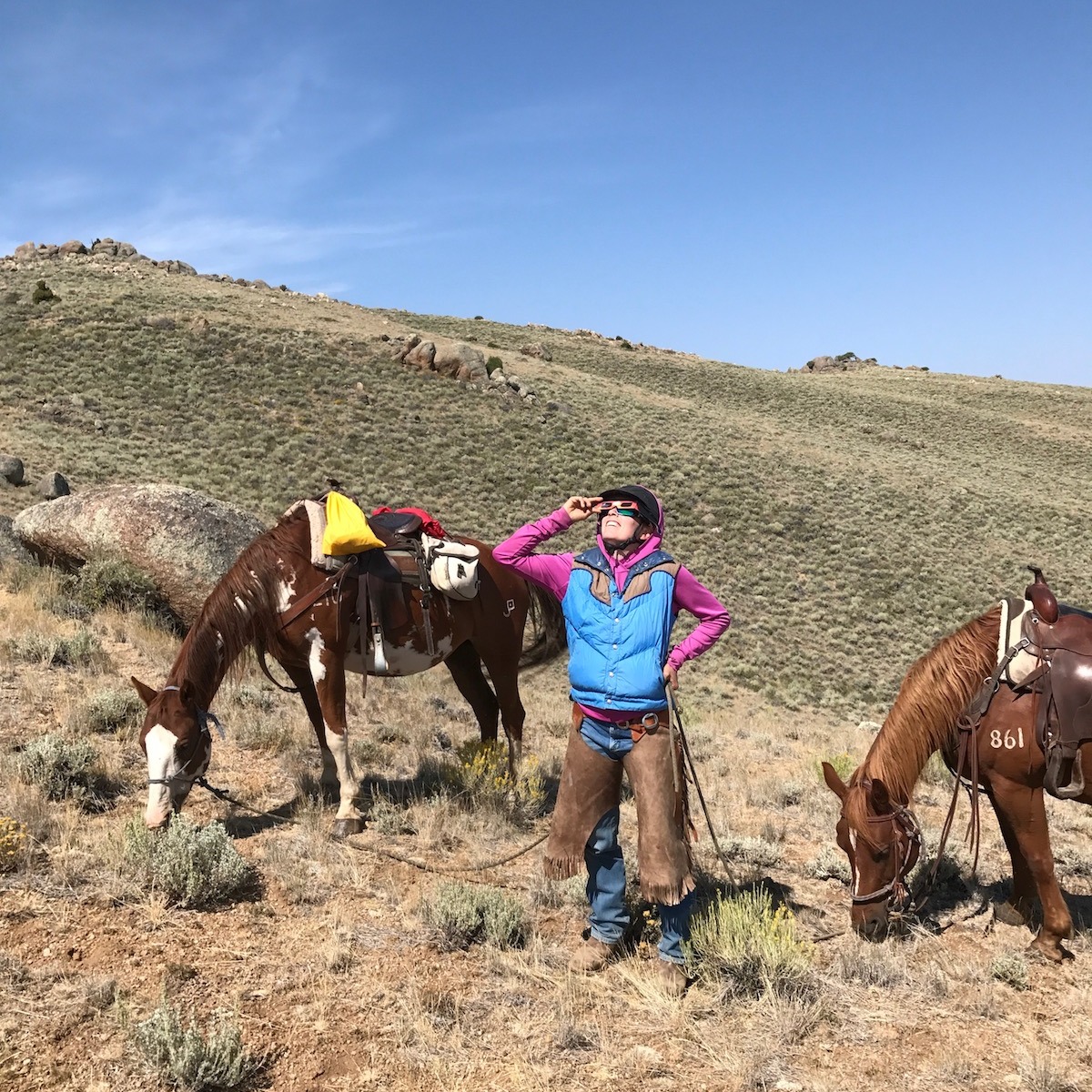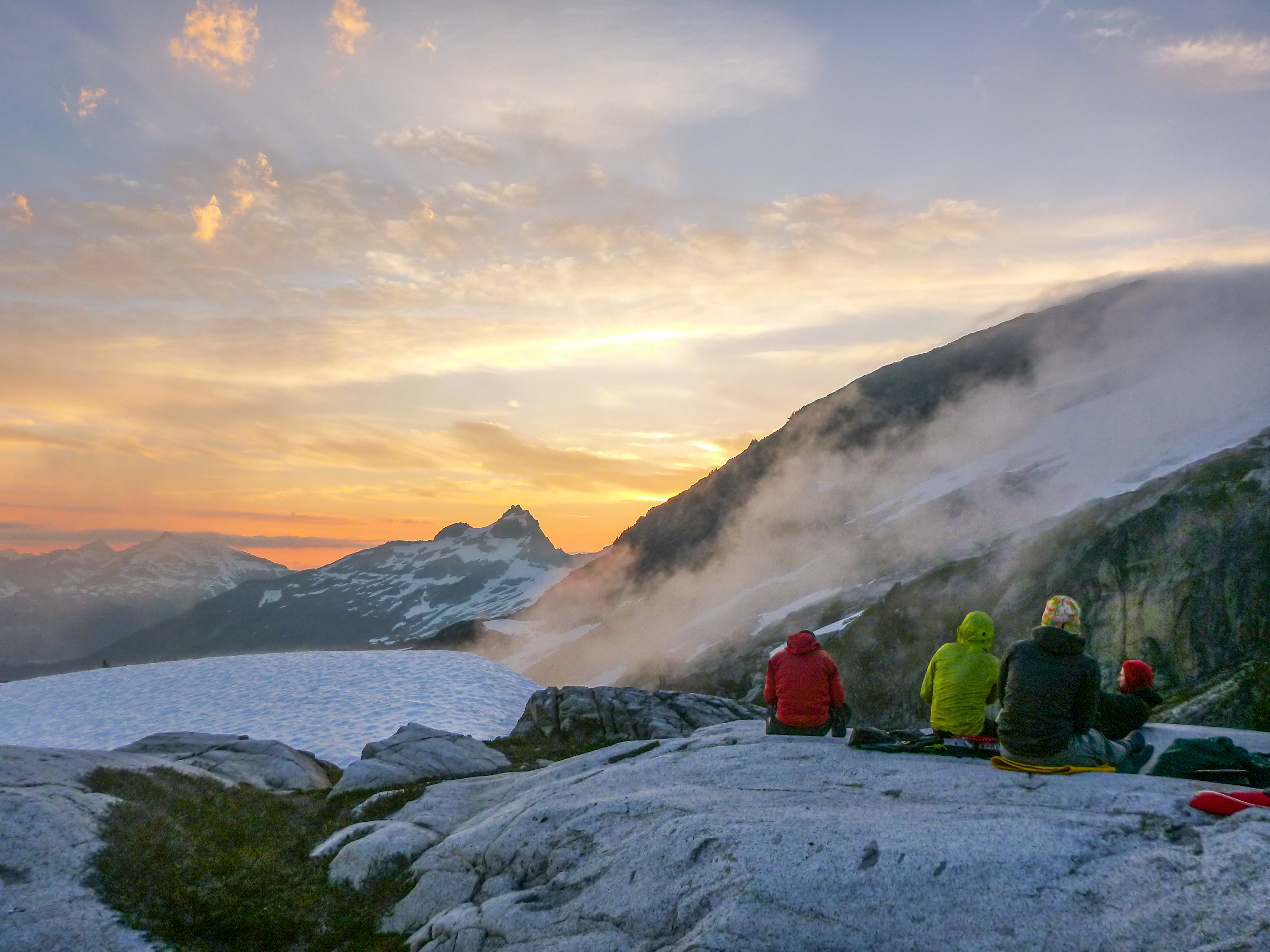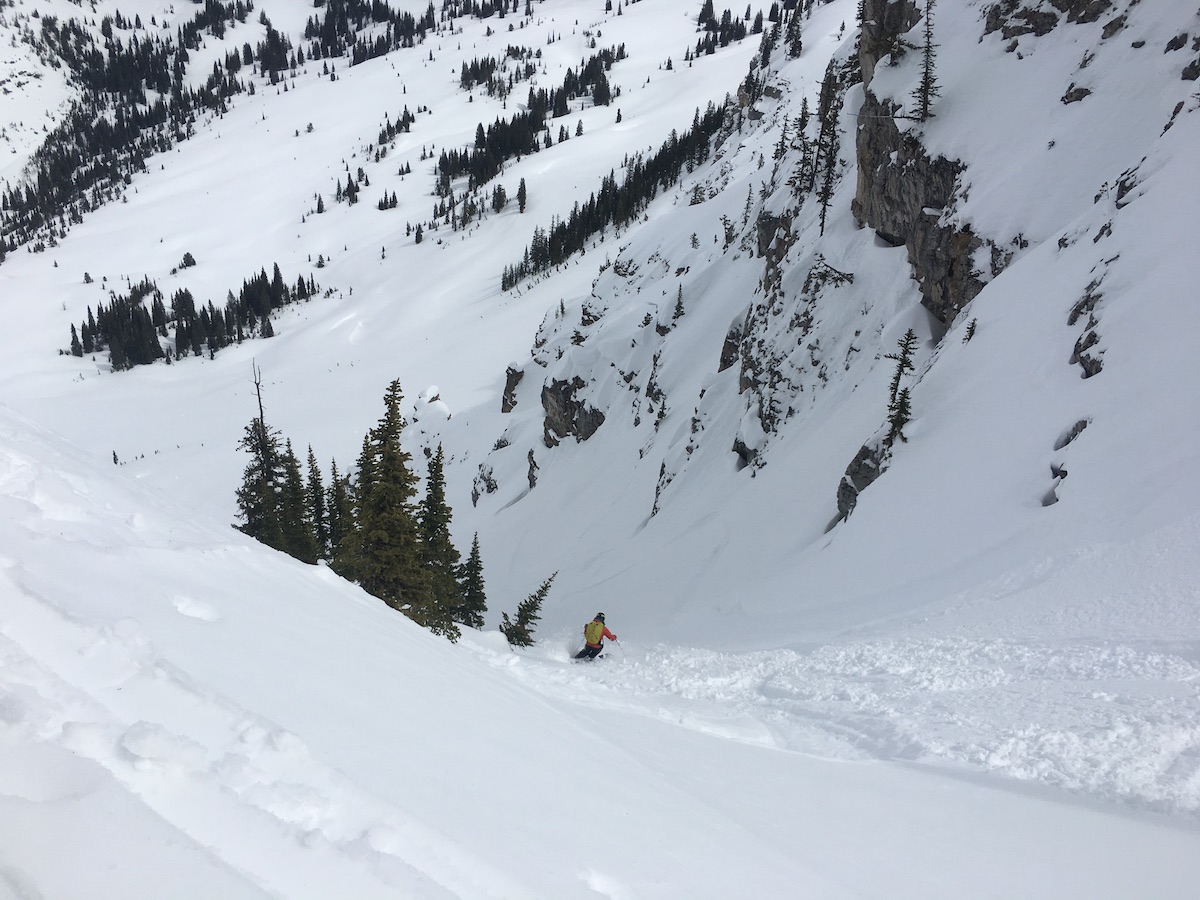
In Spring 2019, NOLS instructor Jesse Quillian, also the field staffing director, participated in a 10-day AMGA Ski Guide Course based out of Jackson, WY, through the support of NOLS’ Pete Absolon Memorial Endowment and the Field Instructor Development Fund.
Early in the 10-day AMGA Ski Guide course I took in spring 2019, a peer who had completed the AMGA Rock Guide progression remarked that it wasn’t the courses or exams that fostered his own learning, but the “time in between”—the time when he had to fulfill extensive lists of prerequisites. This rang true for me.
I remember hearing about the AMGA Ski Guide Course five years ago when I spent the winter with a friend who was pursuing full certification. Curious, I Googled “AMGA Ski Guide” and was shocked by depth of prerequisites for the introductory level course.
At that point, in spite of skiing in the backcountry for six seasons and having worked 15 NOLS winter courses, I had fulfilled very few of them.
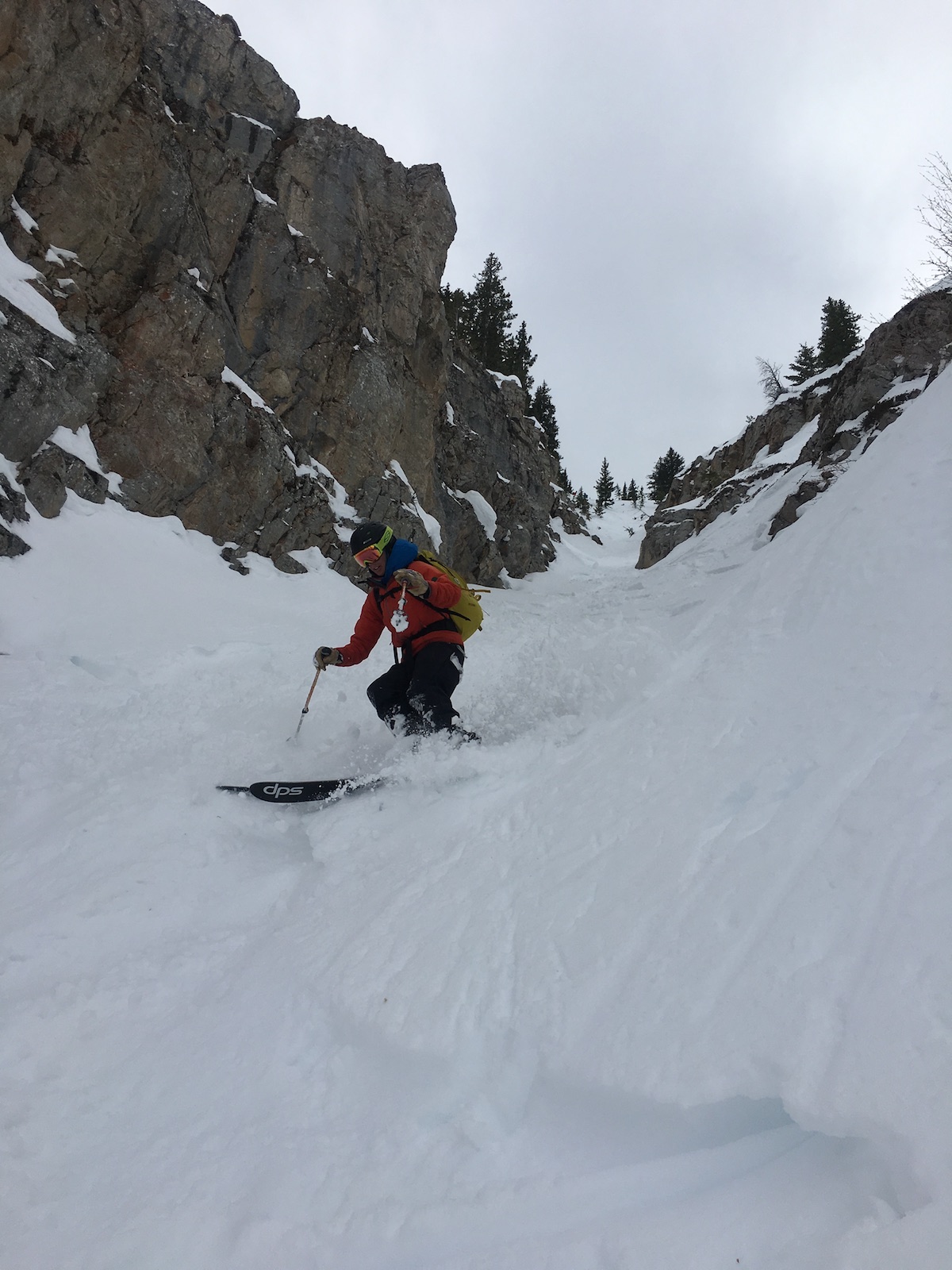
Leading up to this training, a bunch of people asked me why I was pursuing it.
“Do you want to be a ski guide?” they asked.
My answer was, and continues to be, “I don’t know.”
What I did and do know is that I thrive in structured educational environments, that all opportunities I've had to be a student have made me a better educator, and that I really, really love skiing in the backcountry.
And so I started chipping away. I found more experienced partners and sought out opportunities to ski steeper slopes than I was comfortable skiing. I started keeping a ski log.
I dragged friends out on totally inappropriate objectives, or in inappropriate conditions, or with inappropriate equipment, and learned not only how to back off, but that it’s okay to back off. I gradually started trusting myself more in more consequential terrain.
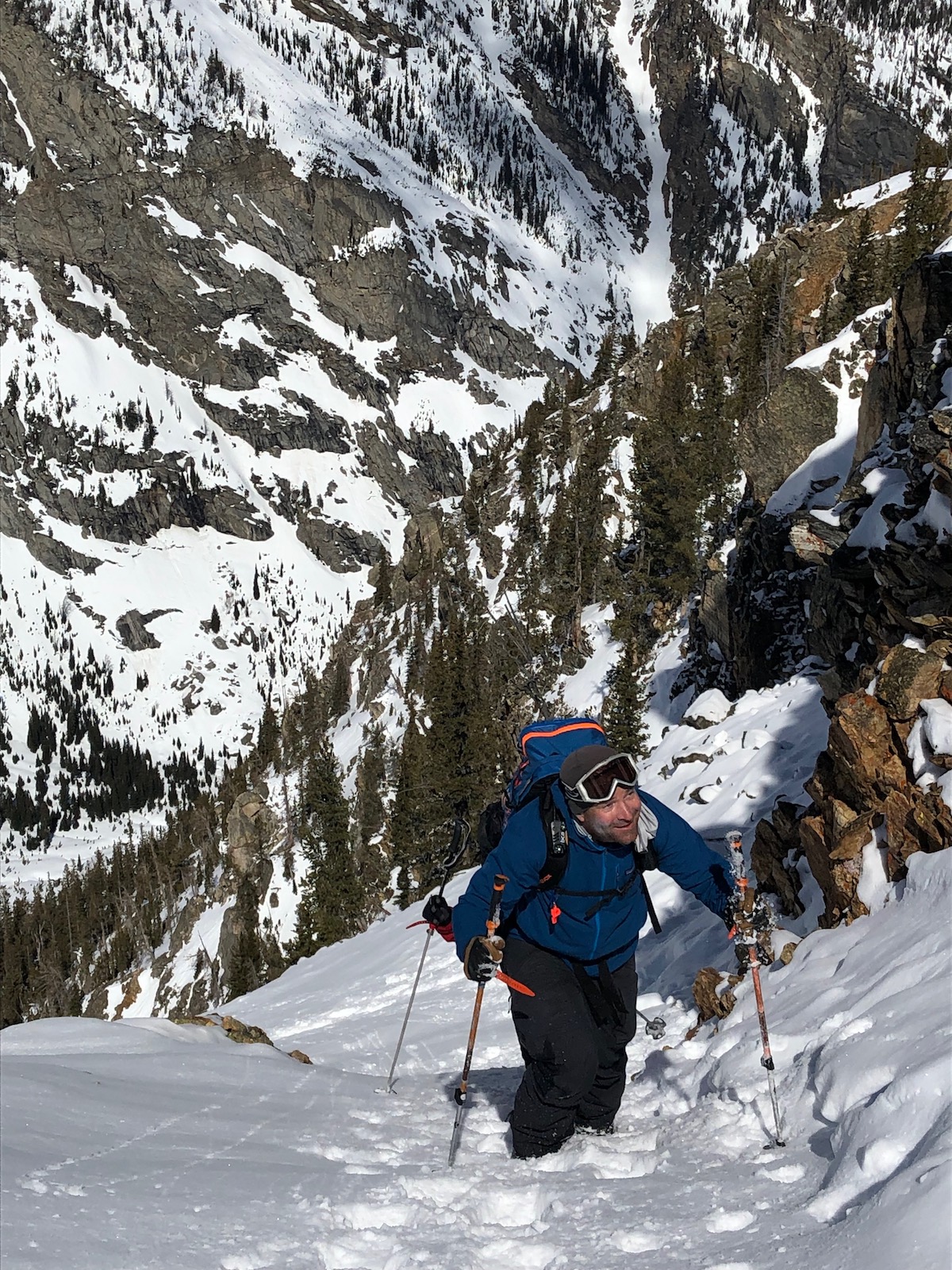
Three weeks before the course began, I went skiing with a friend at Jackson Hole Mountain Resort to get some movement coaching and to preview some of the terrain at the resort.
As we skied, I hit a cat track in low visibility conditions and fell—fast and hard. I was lucky to not have broken both legs, but did manage to dislocate my right shoulder.
In spite of the most intense pain I’ve ever felt, I assumed that as soon as the injury was reduced, I would be back to full functionality.
It was only three days later, with my right arm still in a sling and still unable to perform some of the more basic life tasks (washing my hair, chopping vegetables, closing a car door…) that it occurred to me that I might not be able to complete the training I’d spent so much time and energy preparing for.
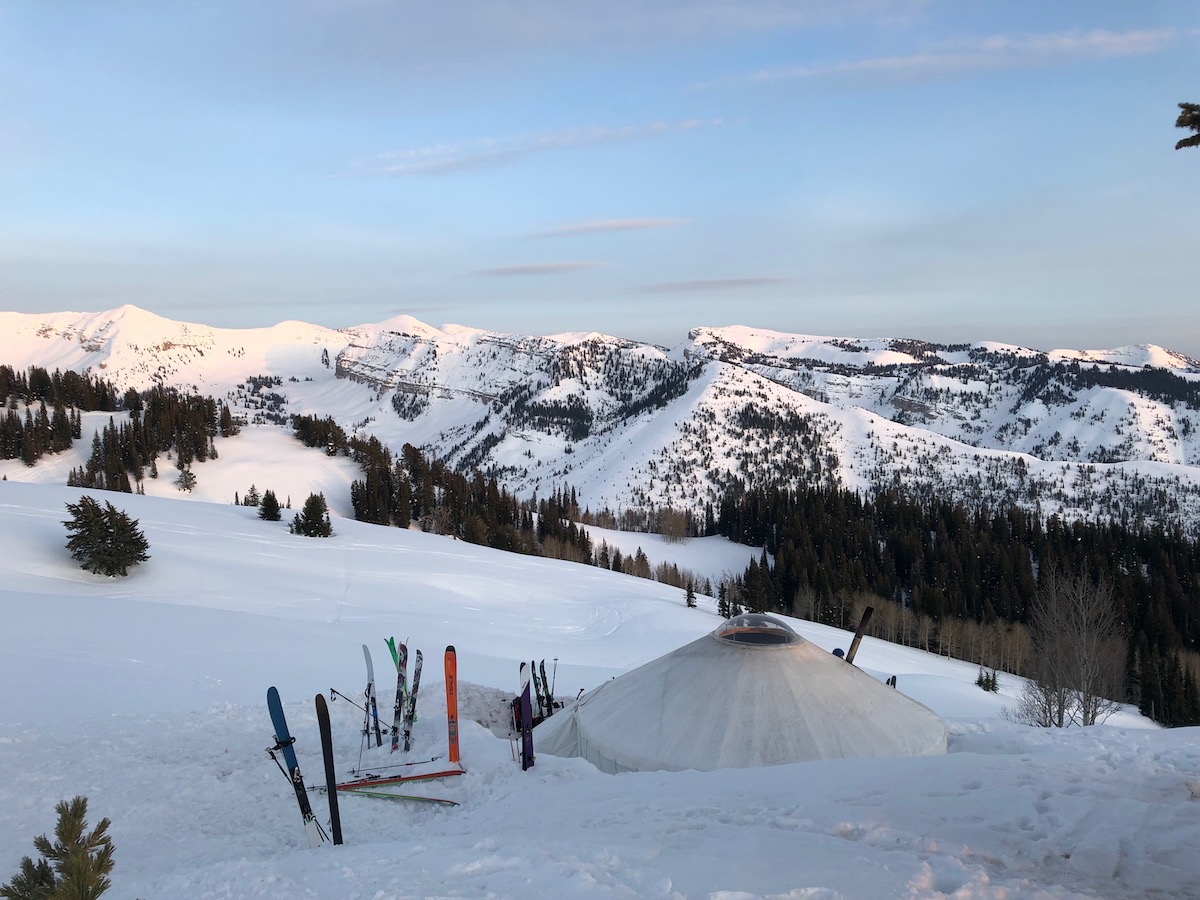
The most profound learning for me happened in those next three weeks leading up to the course.
I learned (or re-learned) so many of the things that we all already know: that life isn’t fair; that there are limits to the things you can control; that self-care actually matters (and, for me, prioritizing caring for an injury also meant that I was taking better care of my whole self, and that this had positive impacts…); that even when it seems like there are no choices, there are; that it’s possible to ski, carefully, with one arm in a sling; and that time in the mountains is emotionally (if not always physically) healing.
With care and a fancy shoulder brace, I was able to complete the course and to keep my humerus in its appropriate socket.
From the training itself, here are three cliches that will stay with me:
1. Wisdom is the reward you get for a lifetime of listening when you’d have preferred to talk.
It is SO hard to be a student.
On this course, I was suddenly (re-)confronted by my own ego, my desire to be perceived as competent, my need for validation, and my difficulty genuinely supporting my peers.
I remembered how hard this student role can be, was forced to practice patience and humility, and tried to remind myself to stop talking when I realized I was speaking only in order to prove I knew something.
2. It’s the journey, not the destination.
The thing itself—whether it’s the ski line or the summit or the course or the race—is rarely the thing that matters.
I certainly learned both tangible and intangible things on the course, but I learned a whole lot more in the five-year transition from “I can’t possibly do this” to “Wow, I’m actually pretty skilled, comfortable, and confident in this environment.”
3. Be here, now.
In the moments when I could step outside of my own performance anxiety and imposter syndrome and look around—at the sunset above Baldy Yurt, at the views into Avalanche Canyon from the summit ridge of Shadow Peak, at the twinkling lights of Victor at night, at the views from the top of the tram at Jackson Hole—I was reminded of how profoundly I can be impacted by physical places, when I just remember to pay attention.
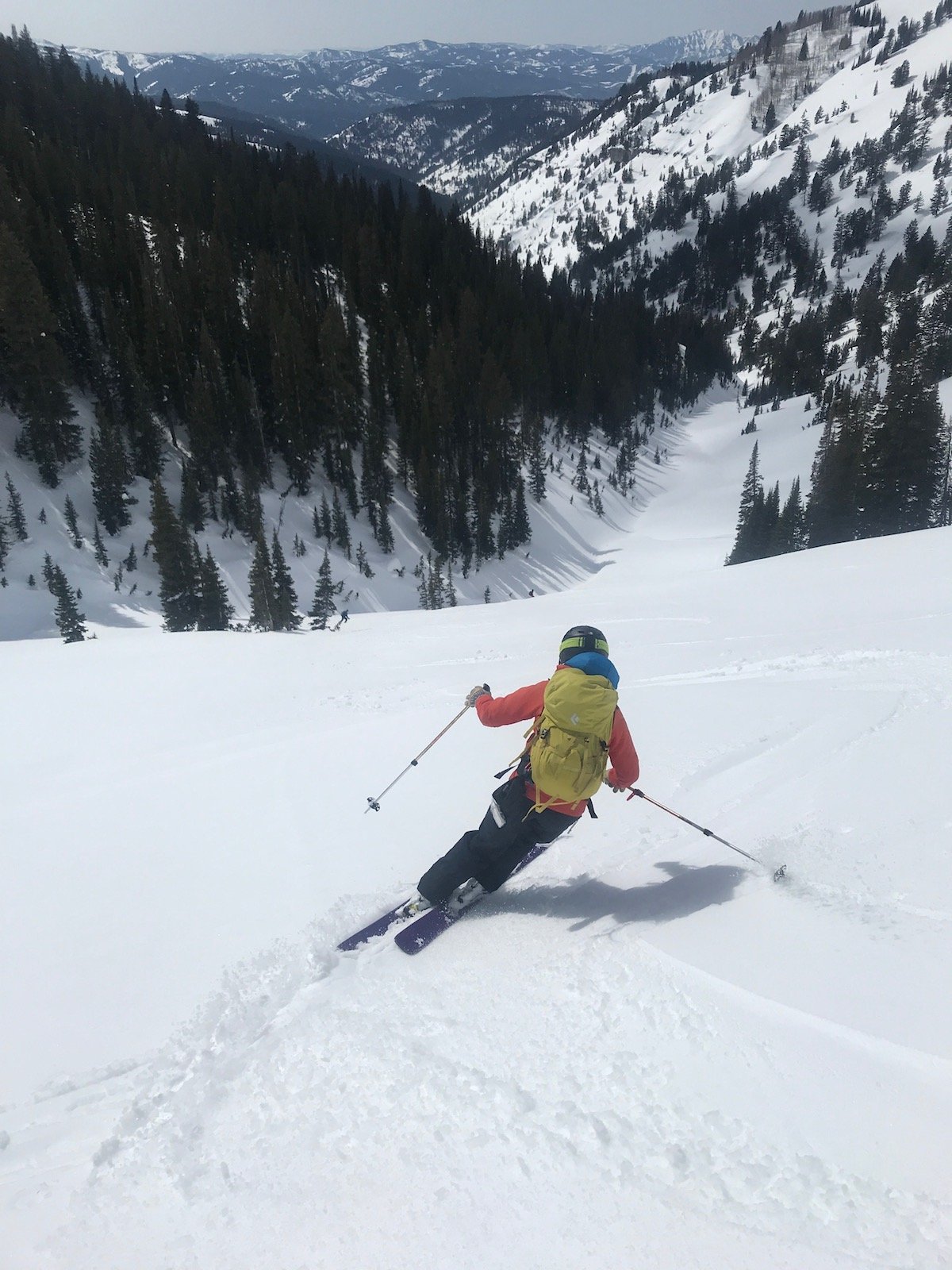
On this course, I got to ski in really interesting terrain, made some new friends, engaged with an unfamiliar educational environment, and was challenged both in ways I expected and in ways I didn’t.
I look forward to the next “time in between,” and feel so fortunate that “professional development” includes more sliding on snow in beautiful places.
Confidently explore the backcountry—learn ski & snowboard skills with NOLS.
- Skiing
- Skills
- Becoming An Instructor
- Winter
- Backcountry Skiing
- Instructor Development Fund (Idf)
- Stories
- Instructor Stories
Written By
Jesse Quillian
Jesse Quillian is the expedition education manager for NOLS and has been a field instructor for NOLS since 2006. She shares a home in Victor, ID with a dog named Ruthie and a cat named Pinguino.


